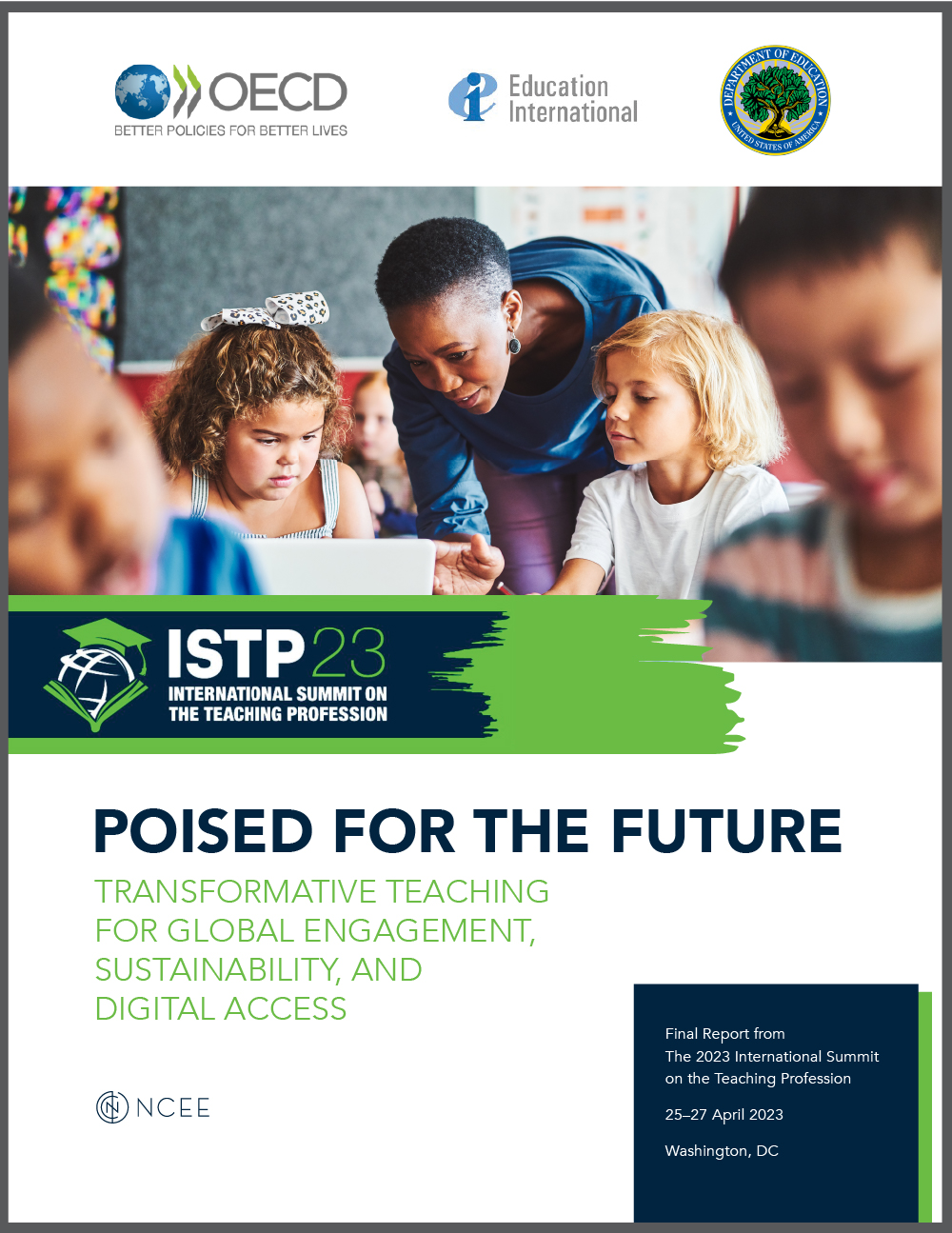
In south-central Pennsylvania, where historic rowhomes line city blocks and farmland stretches just beyond the horizon, the School District of Lancaster serves more than 11,000 students. It’s one of the state’s oldest and most diverse school districts, with a student population that speaks 38 different native languages and represents a rich tapestry of cultures.
Against this backdrop, two innovative school leaders have reimagined what school leadership development could look like. What began as a time-bound federal grant has become the foundation for a sustainable, district-owned strategy for growing school leaders from within. Through a principal residency program, job-embedded coaching, and a coherent system of support, the district is building a leadership pipeline that mirrors its student population and strengthens instructional practice. Here’s how these two leaders turned their vision into a reality.
Building from Within: A Principal Residency Program
The story begins in 2016, when two leaders from Lancaster were selected to participate in the Department of Education’s Supporting Effective Educator Development (SEED) grant, administered by NCEE. The program included an intensive professional learning experience with shoulder-to-shoulder coaching and deep dives into leadership theory and systems thinking.
After the program, these two leaders came back to their district inspired by a new vision. With support from their superintendent and continuing guidance from NCEE, they built what the district needed most: a homegrown leadership development model grounded in coherence, reflection, and sustainability.
The centerpiece of this new approach is the Principal Residency Pathway, a two-year leadership experience developed in partnership with Millersville University that places aspiring principals directly in schools. Candidates are selected through a rigorous process and commit to staying in the district after graduation. The result is a sustainable continuum: residents became leaders, leaders became mentors, and mentors returned to support the next generation.
“Former principal residents train new residents. That’s full circle. That’s sustainability.”– Distinguished Principal: School Leadership Coach
With mentoring, real-world responsibilities, and exposure to different school environments, the program has achieved a 100% placement rate within the district and helped shape a more representative leadership pipeline. Originally supported through Pennsylvania Department of Education grants, the Principal Residency Pathway is now fully funded by the district.
Balancing Support and Expectations
Lancaster’s support for its leaders doesn’t end at placement. The district has built a system of coaching that now supports leaders at every level, from assistant principals to veteran school leaders. The coaching creates space for vulnerability, especially for new and historically marginalized leaders. And it sends a clear message that growth is expected, supported, and safe.
“[Coaching is] a conversation… not about catching people doing something wrong, but helping them become their best. Every day, I remind coaches, ‘You are the leader this school needs.” — Distinguished Principal
Coaches serve in a non-evaluative role. They facilitate reflection, support emotional development, and help leaders make meaning of their practice. They ensure that no leader operates alone.
At the same time, Lancaster pairs coaching with strong supervisory support. Supervisors provide clarity, alignment, and accountability. They work in tandem with coaches to ensure leaders are both supported and held to high expectations.
“One role is to supervise, to evaluate, to guide in terms of expectations. The other is to support, to listen, to help them see what’s possible—but we are connected, aligned, and working toward the same vision.” – Lancaster Educator
This dual-role structure models the kind of leadership the district wants to see in its schools: one where care and accountability are not in tension, but in balance.
A System That’s Growing Leaders—and Results
A growing body of evidence in Lancaster points to meaningful, system-wide gains in leadership retention, school culture, instructional capacity, and student outcomes. Together, these indicators affirm that Lancaster’s investment in people is yielding real and lasting results.
Perhaps most notably, in a national context where principal turnover can reach as high as 16% annually, Lancaster’s leadership pipeline is holding strong. Every graduate of the Principal Residency Pathway has stayed in the district, with many advancing into assistant principal and principal roles.
“We have not had one principal resident leave our school district… because of the continuous supports.” – Distinguished Principal: Director of Schools
There are also encouraging signs of broader system impact. Schools led by program graduates outperform district averages on key climate indicators, and the district as a whole has shown positive trends in attendance, engagement, and academic performance. According to data from the Stanford Education Opportunity Project, Lancaster exceeded the national average in reading and math gains between 2022 and 2024. While many factors influence student learning, Lancaster’s experience suggests that investing in strong, equity-minded leadership is a powerful lever for school improvement.
For a deeper look at the program and Lancaster’s path to creating it, read the full case here.




